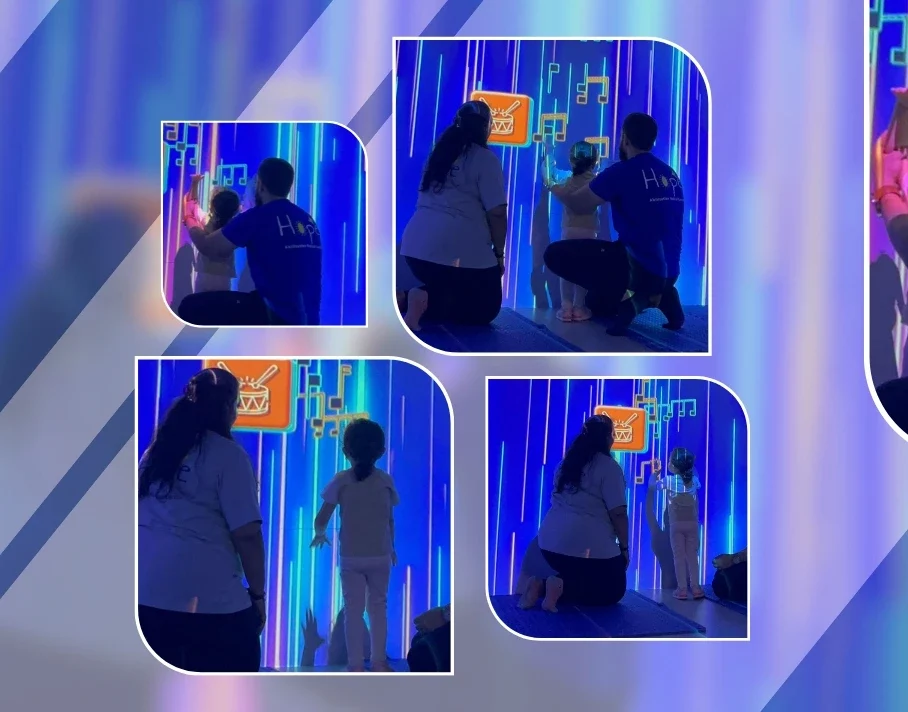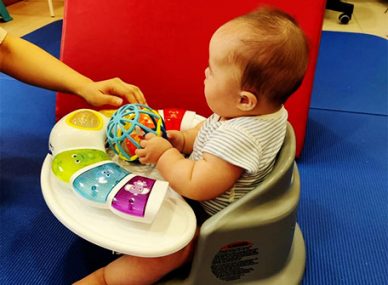Virtual Reality (VR) has turned out to be a very important innovation in healthcare and, by extension, in pediatric physiotherapy. When rehabilitation interventions need to be applied on children with developmental challenges, virtual reality has proved itself as an innovative, modern interactive approach, characterized, at the same time, by an accentuated motivation, a greater adherence, and the best functional outcomes. Each of these advantages regarding the potential of virtual reality in physiotherapy programs finds its scientific basis in studies and evidence that is becoming increasingly well-documented in clinical practice.
1. Improved Engagement and Motivation
Traditional exercises in physiotherapy are often repetitive and exhausting for children. VR makes therapy an immersive game-like experience that is more fun to go through. Research really proves that VR can raise motivation and engagement of young patients by letting them focus on objectives of the game rather than physical effort involved in rehabilitation tasks.
This helps children adhere more consistently to their rehabilitation programs because it creates a more dynamic and interactive environment. Children are naturally drawn to digital and interactive tools, and VR focuses on that to make the physiotherapy sessions something they look forward to.
2. Enhanced Motor Learning and Repetitive Practice
Motor learning and repetitive practice are at the core of rehabilitation, especially in children with disabilities involving conditions like CP. VR-based therapies provide an excellent platform for repetitive task-oriented training, which is vital for motor learning. In one instance, VR-based rehabilitation was observed to facilitate functional recovery by providing repetitive movement practices in a more captivating context.
This virtual environment can be adjusted based on the child’s specific rehabilitation needs, thus allowing the child to practice motor skills, balance, coordination, and range of motion within a personalized setting. Such flexibility allows children to perform their exercises as necessary while having fun in an interactive environment.
3. Improved Balance and Coordination
Balance and coordination are two of the main concerns in pediatric physiotherapy with regard to a child who is suffering from a developmental disorder or even a musculoskeletal condition. It has been proved that VR is very effective for improving balance through the initiative of challenging the child in a virtual world as they carry out real-world movements.
One study published in Developmental Medicine & Child Neurology showed that VR-based interventions significantly enhanced the balance and postural control of children with CP compared to conventional therapy. In the immersive VR, children are challenged to maintain their balance within this virtual environment, simulating real-life situations wherein adaptive movements are needed.
4. Reducing Pain and Distraction
Physiotherapy may be irritating or even painful at times, especially in the case of children who have undergone some form of surgery or have serious injuries within their body parts. VR offers a relief level from discomfort during sessions of physiotherapy since children may focus on the task that is occurring virtually rather than pain. According to research done by the Journal of Pain Research, VR has significantly reduced the perception of pain among children in rehabilitation by offering cognitive distraction. Ahmad et al., 2019.
This analgesic effect is of extreme importance in cases of chronic pain conditions or if there is a need to bear physical discomfort by a child during the rehabilitation process.
5. Customization and Adaptability
One of the major benefits of VR in pediatric physiotherapy is its potential for customization to meet the needs of each child. The ability of VR platforms to adapt to adjustment for specific rehabilitation goals of the child’s functional limitation, age, and progress of time represents a key issue in the application of VR.
Llorens et al. (2015) emphasized how flexible VR interventions are when dealing with different cases of cerebral palsy by highlighting that virtual environments and tasks can actually be graded, so their difficulty level may be adapted according to the child’s developing capabilities. Thus, it allows a therapist to project more individualized therapy regimens that would advance with the child.
6. Data Collection and Progress Monitoring
Many of the VR systems are capable of real-time data acquisition and allow therapists to trace a child’s progress over time. A few of the objective measures for each session can range from range of motion, balance, and reaction time to coordination. This data forms an invaluable basis on which the therapist can modify the level of intensity or type of exercises to achieve the most optimal outcome.
This makes VR especially useful for long-term rehabilitation cases such as children with CP who require a therapy program constantly.
7. Tele-rehabilitation possibilities
During the COVID-19 pandemic, remote healthcare facilities find virtual reality as an opportunity for tele-rehabilitation. Though children can receive and conduct their therapies at home from a remote therapist, conducting research in Frontiers in Neurology showed that VR-based tele-rehabilitation is feasible and effective, allowing children to follow therapy from the comfort of their homes while gaining the interactive effect of VR.
In Conclusion
Supported by scientific research, VR is fast becoming a powerful tool that improves motor function, balance, and coordination in children while making therapy more playful, with less pain. As this technology continues to improve, so will its application in pediatric physiotherapy, offering even greater benefits to young patients who are in need of rehabilitation. This could expand the possibility of receiving care for children in remote areas, or unable to join in-person sessions, without geographical constraints.
Are you interested in learning more about the importance of virtual reality in pediatric physiotherapy? Reach out to the therapists at Hope AMC for a deeper insight!



